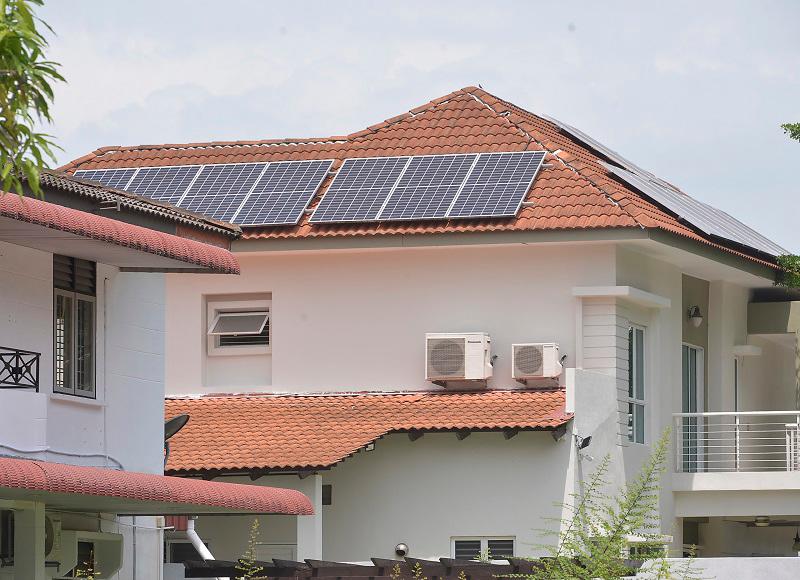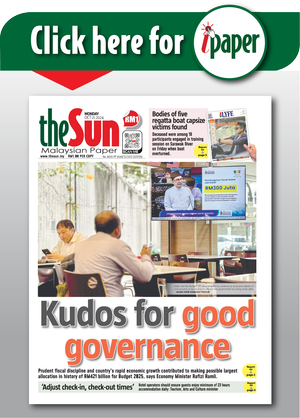PETALING JAYA: Malaysia aims to generate 70% of its energy from renewable sources by 2050, with solar power expected to contribute more than half under the National Energy Transition Roadmap.
However, as solar installations expand rapidly across the country, a new concern is gaining traction – disposal of solar panels once they reach the end of their lifespan.
Senior lecturer at Universiti Kebangsaan Malaysia (UKM) Faculty of Engineering and Built Environment Dr Muhammad Ammirrul Atiqi Mohd Zainuri said the issue of solar
panel waste is approaching faster than many anticipate.
“Most solar panels last about 25 to 30 years. Given the rapid growth of installations in Malaysia, the first wave of such waste could begin to surface within the next decade,”
he said.
Ammirrul, who specialises in solar panel lifecycle management and sustainability, said the material cannot be handled in the same way as typical electronic waste.
“They are large, heavy and mostly made of glass, aluminium and silicon. But they also contain small amounts of hazardous substances such as lead and cadmium. If dumped in landfills, these materials can leach into the environment.”
He stressed the urgency for Malaysia to develop solar waste management policies before the issue becomes unmanageable.
“We cannot wait until we’re overwhelmed. We need proper regulations, incentives and investment in local recycling capabilities. Otherwise, we risk turning a clean energy solution into an environmental burden.”
Currently, Malaysia has few specialised facilities capable of handling disposed solar panels.
One company addressing the issue is Zenviro Solar Panel Recycling, based in Kuala Lumpur.
Its general manager Austin Kuok said many recyclers are reluctant to enter the solar waste sector due to high startup costs and market uncertainty.
“The technology is extremely capital intensive. The potential volume of solar waste is huge in theory, but the business model remains niche. It’s a peculiar industry – most recyclers can only process solar waste and nothing else,” he said.
Zenviro uses a fully mechanical process that can recover about 85% of a panel’s weight, primarily glass and aluminium.
Although full recovery is not yet achievable, Kuok said the company is making progress through a research partnership with the Solar Energy Research Institute at UKM.
“Most panels can be dismantled into basic materials, but the real challenge lies in handling the remaining components, the solar cells and encapsulants. These require advanced methods to extract valuable materials such as silicon and silver. Without the proper technology, they end up in landfills,” he said.
Kuok added that recycling technology alone is insufficient.
Stronger regulation and clearer roles within the industry are also essential.
“Right now, many decommissioned panels from large-scale projects are sold for reuse and often exported to developing countries. These reused panels are already aged and will likely end up in landfills there, where recycling facilities may not exist.”
Kuok said even in Malaysia, there is often confusion over responsibility for solar panel waste management.
“Responsibility tends to shift from asset owners to contractors. In the end, panels are often disposed as regular construction waste.”
Both Ammirrul and Kuok agreed that Malaysia should follow the example of countries that have introduced dedicated categories for solar panel waste, rather than grouping it with general e-waste.
They also called for greater public awareness and robust policy support for a circular economy, in which old solar panels are recycled into raw materials for new ones.
“The country must ensure that its green transition is also sustainable,” Kuok said.
“We shouldn’t stop caring about the environment just because a solar panel stops working. There’s still a lot we can do after its life span as an energy producer is over.”









